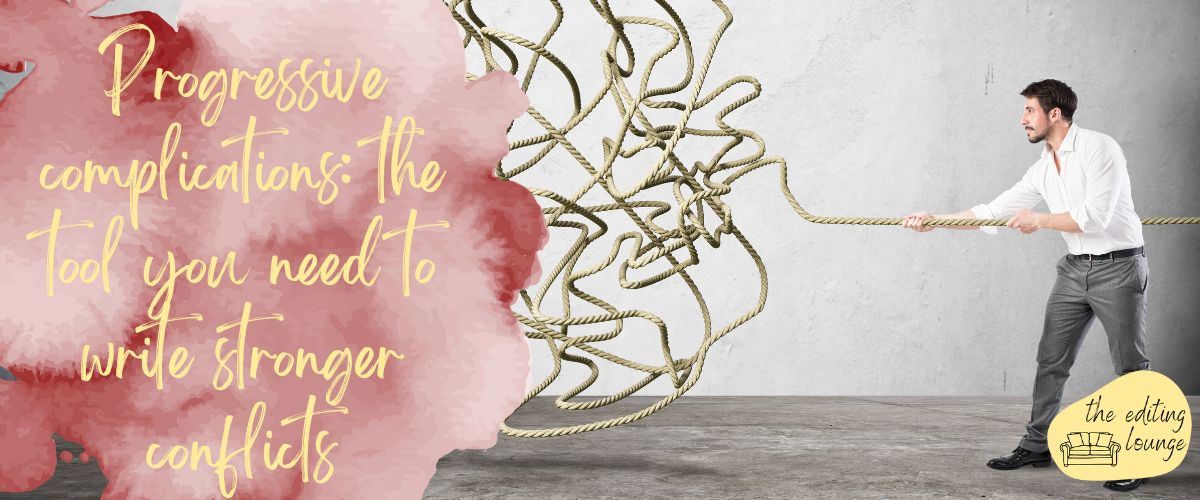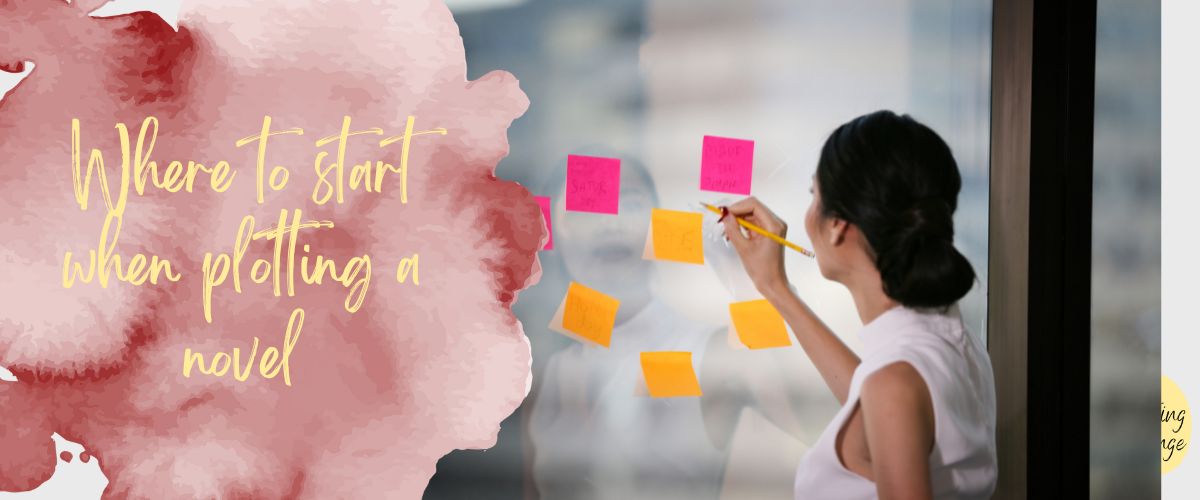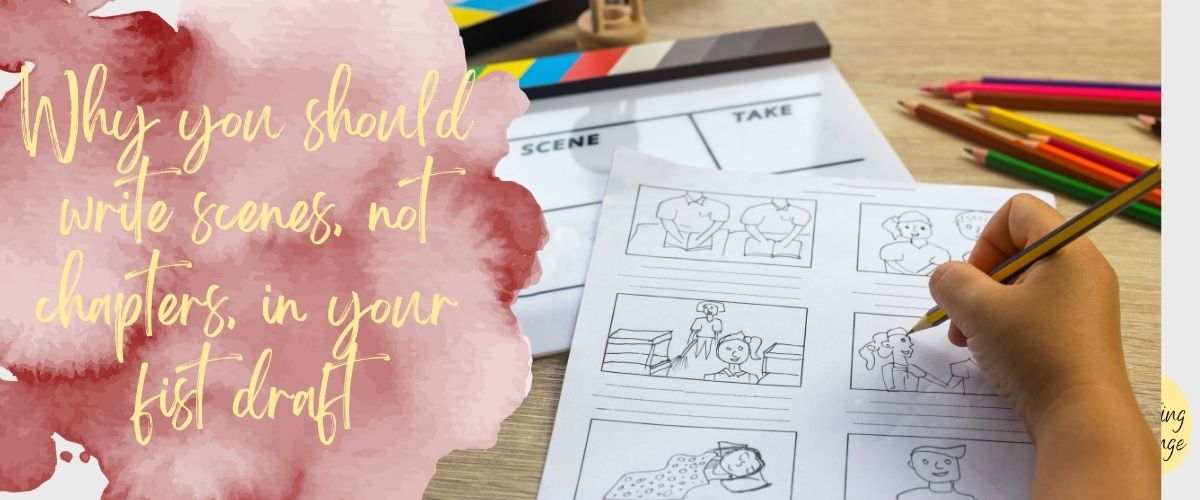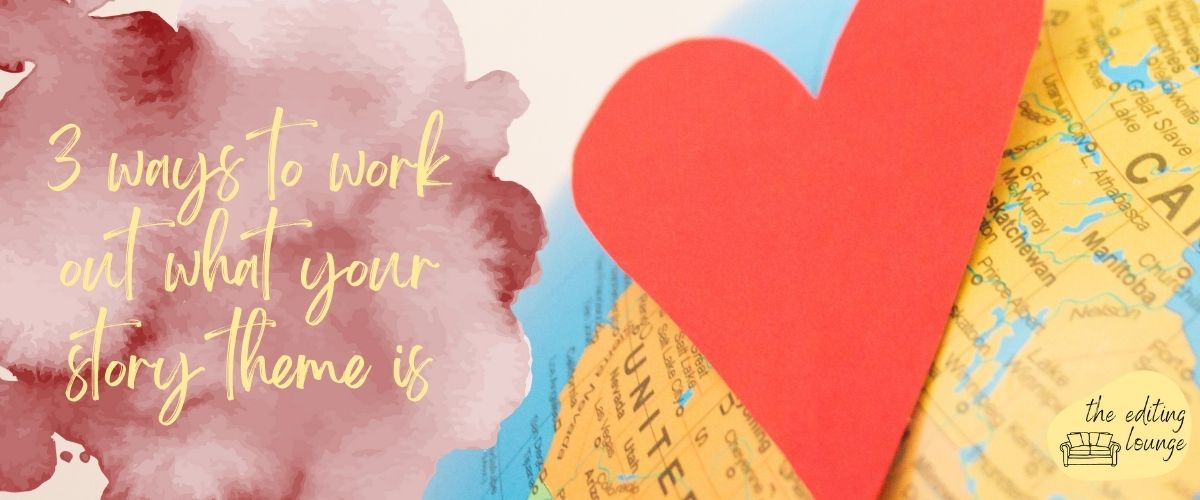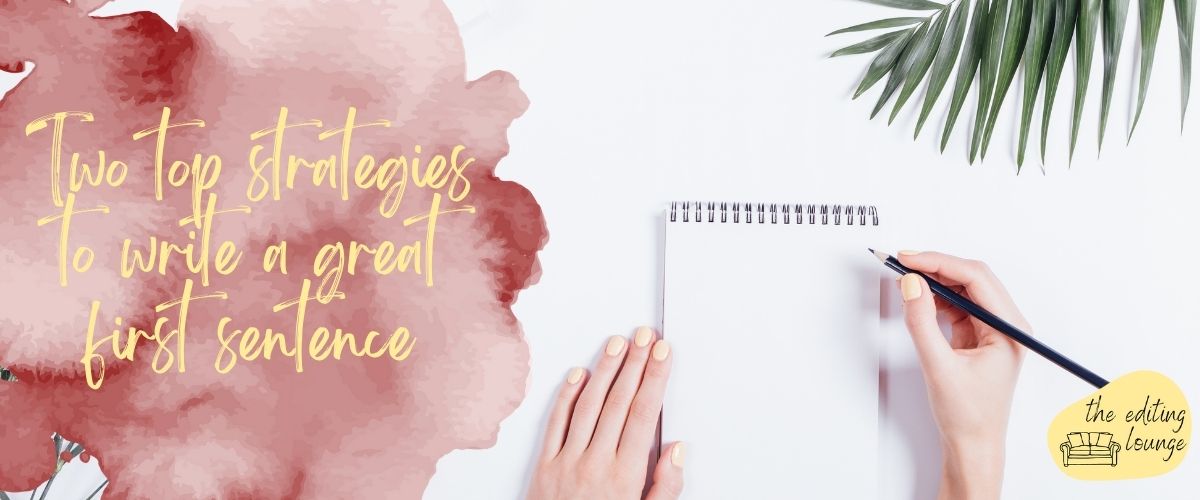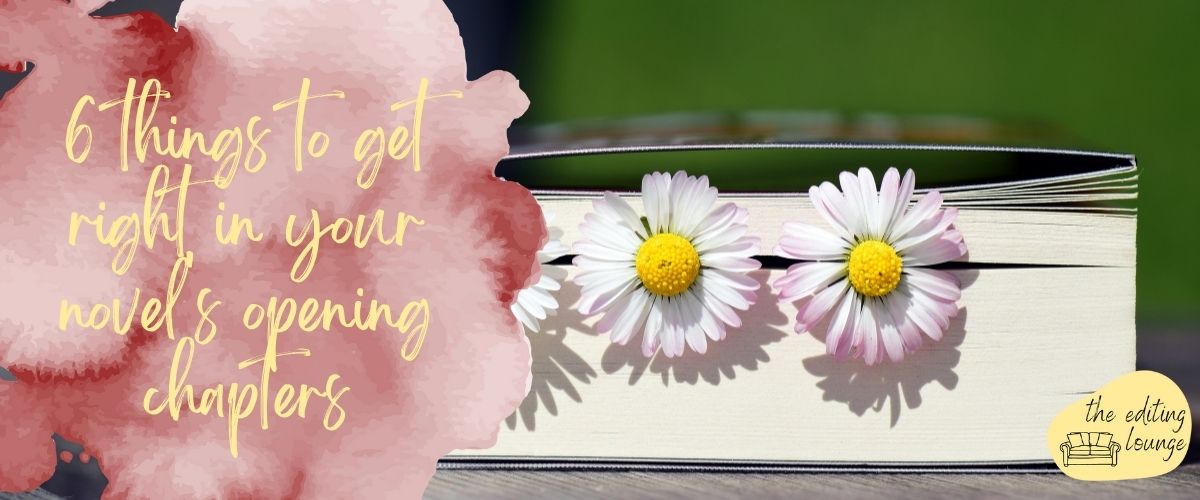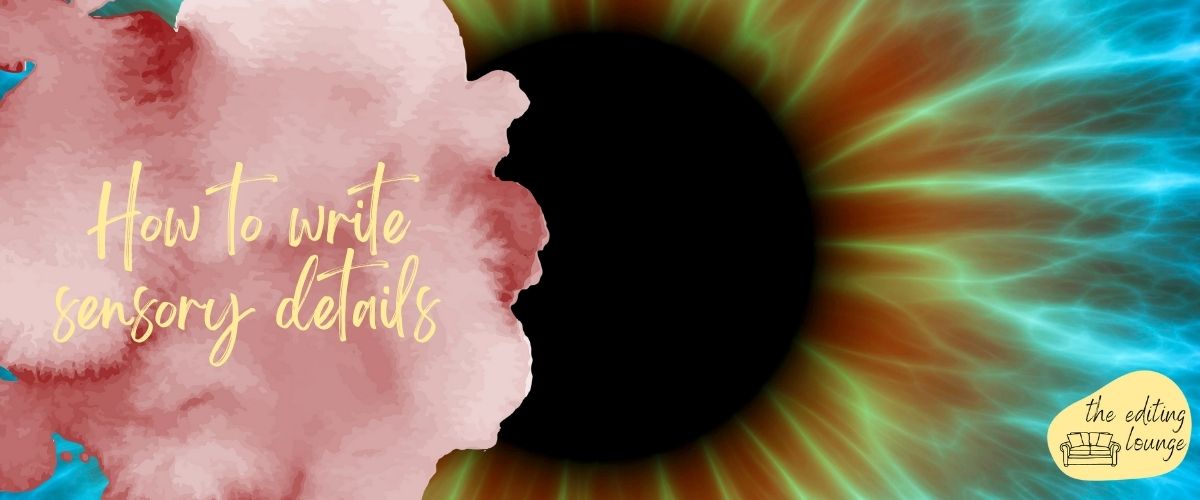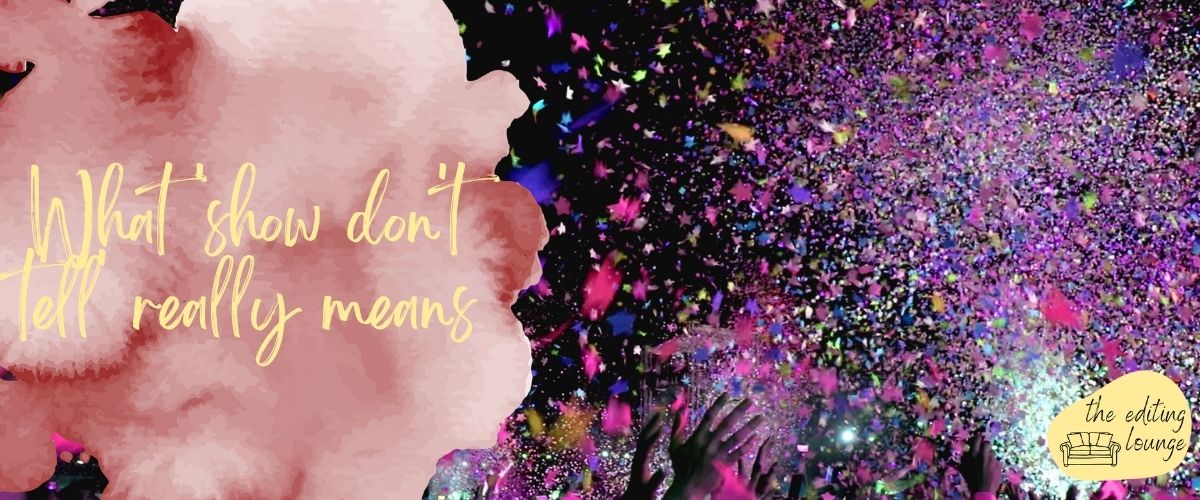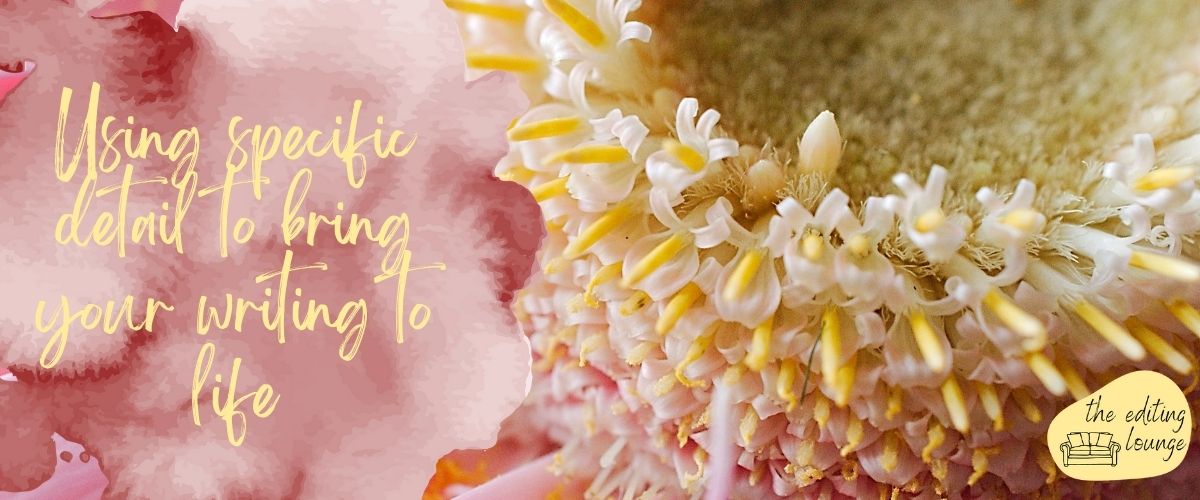A line editor and/or copyeditor will pay a huge level of attention to editorial style in your manuscript. And one of the first elements they’ll look at is consistency of style. They’ll draw up a style sheet to help you keep your stylistic choices as consistent as possible.
Writers can make lots of grammar, spelling, and punctuation choices, including choices that aren’t considered ‘accurate’ by official rules. This is why consistency is vital. You can be as creative as you like with your writing style as long as you’re consistent.
But what is a style sheet, and what can you expect your editor to include in one?
What is a style sheet?

A style sheet controls all the elements of editorial style in your manuscript, from spellings, capitalisation, abbreviations, contractions, and hyphenation to punctuation, numbers, and type style.
Where there’s only one way to style text (such as always capitalising the names of your characters or cities), you don’t need to make a style decision. Otherwise, a line editor or copyeditor will make a note of the style you use and ensure this is consistent throughout the manuscript.
Your editor can also work to a specific style guide to ensure consistency. I work with New Hart’s Rules, which I studied with the Chartered Institute of Editing and Proofreading (CIEP). Lots of U.S. fiction editors use the Chicago Manual of Style. And there are lots of other style guides too.
And if an editor is copyediting your manuscript for a particular publisher, they might edit your writing to that publisher’s house style.
What details should an editor include in your style sheet?
You can expect your style sheet to detail:
The spellings of any words that you could spell in different ways (like ‘spelt’ or ‘spelled’).
Other examples include choosing between double or single consonants in words like ‘focused’/’focussed’ and choosing between –ise and –ize endings like ‘dramatise’ or ‘dramatize’, which are both acceptable in British English.
The hyphenation of words, often words that have prefixes.
Your editor will standardise the hyphenation of words that have vowels in succession (‘co-operate’/’cooperate’), words that have different vowels in succession (‘de-activate’/’deactivate’), and words that begin with ‘multi’, ‘sub’, and ‘inter’, etc.
You can also spell many other words with or without a hyphen, e.g. ‘back-up’/’backup’, ‘decision-making’/‘decision making’, and ‘walk-about’/’walkabout’.
Then there’s the hyphenation of compound adjectives like ‘free-range’, which can make your writing easier to read but aren’t always strictly necessary.
How to handle numbers. Most editorial styles suggest that you either:
- Spell out numbers up to and including ten and then use numerals for 11 and above, or
- Spell out numbers up to and including ninety-nine and then use numerals for 100 and above.
There are also a few exceptions to consider with these rules, such as how you’ll handle numerals for dates, measurements, percentages, and approximations.
How to handle measurements, e.g. whether you’ll include a space between the number of the form of measurement (‘150km’ or ‘150 km’?).
Usually, when using British English, you’d include a full stop after abbreviations as these literally cut a word short, e.g. ‘Capt.’ for ‘Captain’ or ‘vol.’ for ‘volume’.
Meanwhile, if following this style, you wouldn’t include full stops after contractions, which squish words by removing letters from the middle, e.g. ‘Dr’ for ‘Doctor’ and ‘Mrs’ for ‘Mistress’.
Whether you’re using the comma that comes before ‘and’ or ‘or’ in a list of three or more.
Whether you’re using initial capital letters for names of buildings, job titles, geographical locations, dates, periods, and events, etc.
Whether you’re using title case (capitals in headings) or sentence case (a capital for the first word of the heading only, like in this blog post).
Whether you’re using single or double quotation marks. Single is more common in the UK and double is more common in America.
When to use italics, perhaps for foreign words, new terms, and emphasis. You might also use italics for the titles of books, films, works of art, TV programmes, and ships.

Why is a style sheet important?
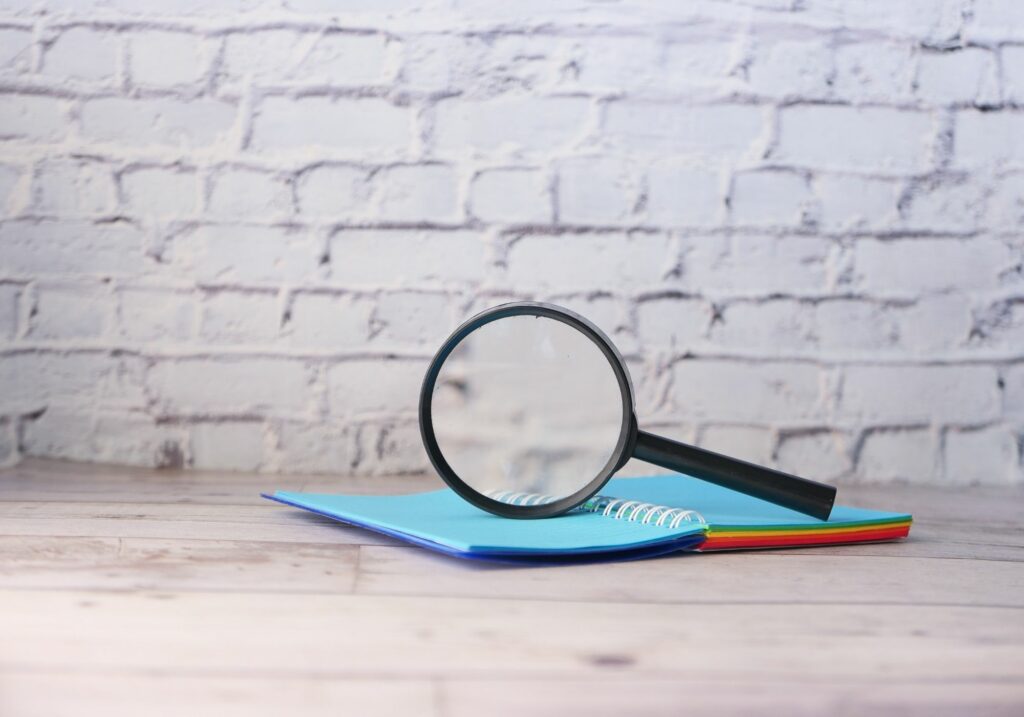
A style sheet records your stylistic choices so you can stay consistent throughout your manuscript.
A style sheet is particularly handy when style decisions your line editor or copyeditor has already noted crop up later in the manuscript. One decision can help you make another to stay as consistent as possible.
If you hire multiple editors, it’s also helpful to pass the style sheet between each. This way, it’s easier for your copyeditor to stick with your line editor’s choices and your proofreader to stick to your copyeditor’s choices.
You can also use the style sheet again if you write a sequel.
About Charlotte

Charlotte is an award-winning writer and line/copyeditor who writes and edits for clients all over the world. She also works on the fiction team for Ambit, a UK literary and arts magazine.
She holds an international literary prize from Hammond House Publishing Group, two writing-related degrees, various marketing certifications, and training certificates from the Chartered Institute of Editing and Proofreading, of which she is a Professional Member.
Charlotte’s work has appeared in several anthologies, magazines, and literary journals, including Indigomania, Dream Catcher, and The Curlew.
She has also created a series of free self-editing cheat sheets to help new writers hone their fiction before sending their work off to a professional editor.
Progressive complications: the tool you need to write stronger conflicts
Conflict is essential to stories of all kinds. A story can’t exist with conflict. If your character could get whatever they wanted at the beginning of the story, there would be no reason to write it. Whether you’re writing a novel or a short story, conflict is what keeps your story going, what keeps the…
Where to start when plotting a novel
It’s arguable that the most important thing a novel should do is follow an arc of change. If nothing changes, do you really have a story? So, perhaps the first step to take when plotting your novel should be to decide, at the simplest level, what’s going to change. That’s easier said than done, but…
Why you should write scenes, not chapters, in your first draft
Plotting and writing a string of chapters long enough to fill a book is daunting. It’s impossible to know how many chapters you’ll need. And it’s impossible to order all of your chapters before you start writing and feeling your way around. That’s why it’s much easier to write your first draft in scenes instead…
How to write a love triangle
Although readers love a well-written love triangle, writing one is easier said than done. Love triangles that aren’t carefully plotted often end up predictable and clichéd. But when well developed and carefully thought out, love triangles can be great, moving plot devices that strengthen your story. What is a love triangle? A love triangle is…
3 ways to work out what your story theme is
I don’t need to know what my story theme is, I hear you say. Just let me crack on with my writing. I know. Hitting pause to think about your theme doesn’t feel like a priority when you’ve got all these great story ideas to get down on paper. Plus, some writers feel that identifying…
2 top strategies to write a great first sentence
Regardless of which genre you write, your first sentence needs to seduce your readers. Perhaps your first sentence is an invitation. A promise. A tease. A shock. A declaration. Whichever approach you adopt, this sentence must be irresistible. It must hook readers and pull them into the page. (Remember that lots of potential buyers read…
6 things to get right in your novel’s opening chapters
Writing a novel is a massive undertaking, regardless of how many books you’ve already written. And, no matter how many how-to books you’ve read and how many fiction workshops you’ve attended, it’s easy to miss the fundamentals when writing your opening chapters. When you submit your novel to an agent or publisher, they will almost…
How to write sensory details
When we include sensory details in our writing, we can evoke our readers’ senses of sight, sound, touch, taste, and smell. This is because painting a strong scene in your reader’s imagination helps them pull similar scenes from their own memories. Here, we’ll explore the science behind why evoking the senses can be so compelling…
What ‘show don’t tell’ really means
Lots of editors are quick to tell writers ‘show, don’t tell’. But this advice has been given so many times that we often forget to explain what it really means. I’ll break down the concept here so you can make the most of this advice. In brief, ‘telling’ is explaining what’s happening. Meanwhile, ‘showing’ is…
Using specific detail to bring your writing to life
Adding detail is essential to writing great fiction. But how specific is the detail in your manuscript? If I had received a pound for every time one of my writing tutors circled a phrase in my fiction with a note saying ‘specific detail please’ during my MA days, I’d be rich. There are likely lots…




